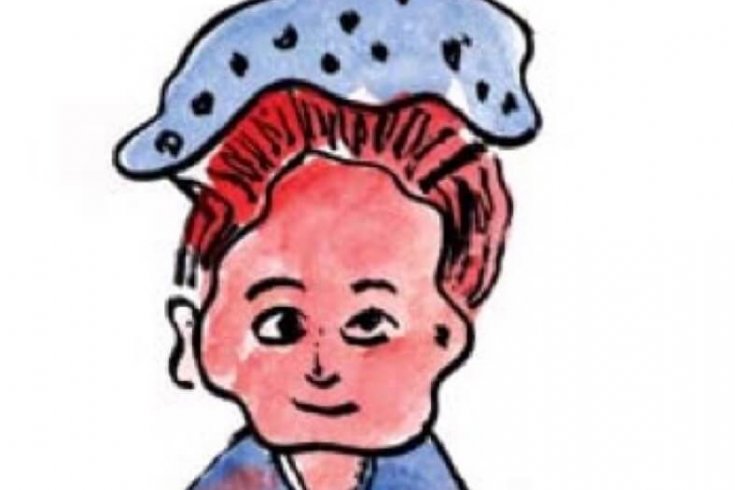\bocas del toro — Friday, September 23: Everyone here is hoping the corals will have sex tonight. And not just a few furtive couplings, but a raucous orgy that will send a pink slick of coral sperm and eggs up from the bottom of the reef and onto the surface, spreading out for kilometres to create a new generation of baby corals. It has taken Nancy Knowlton, a marine biologist at the Smithsonian Tropical Research Institute in Panama and at Scripps Institution of Oceanography in California, years to pin down the date for coral mating night in this rickety resort town along the Caribbean Sea in northern Panama.
Coral reefs are home to at least a quarter of all life forms in the sea. In fact the reefs, which are made up of hundreds of thousands of individual coral animals, are as biologically important to the planet as tropical rainforests. The mating patterns that form them are far more intricate than one might imagine. One of the local species that Knowlton has studied intensively, the boulder-like Montastraea franksi, has sex five to seven days after the last full moon of summer, 100 minutes after sunset. Her other two favourites, M. annularis and M. faveolata, do it 100 minutes after the franksi, on average. That puts the first mass spawn tonight at roughly 8:15 p.m., six days after the full moon, and the second at about 9:55. Not bad for animals that don’t have calendars or watches, let alone eyes or brains. But corals have been mating this way for hundreds of millions of years, driven by planetary rhythms humans have long since forgotten. Still, Knowlton and her crew are nervous. This is the fourth night in a row they’ve spent waiting underwater to make sure they don’t miss the show.
More importantly, the researchers are worried about whether the corals are healthy enough to produce eggs and sperm. Climate change has made for an unusually hot year in the Caribbean Sea, which has caused the microscopic algae that live in coral cells and feed them to flee. Without their algae, corals begin to starve, turning neon white instead of their usual brilliant blues, purples, and reds. This is the worst year for the phenomenon, known as coral bleaching, that Knowlton and her team have ever seen. The scientists have already seen shreds of dead coral tissue peeling off some of the massive banks of coral skeletons.
Starving corals — not to mention dead ones — don’t have sex. Twenty percent of the world’s reefs have already been lost, according to the World Conservation Union, and another 50 percent are in trouble. In the Caribbean, 80 percent of the corals have died over the past three decades. The things that are killing them — the growing concentration of carbon dioxide in the atmosphere, overfishing, disease, pollution — are also killing the world’s oceans.
Knowlton’s team has seen positive signs in the days leading up to the pageant of coral sex though. Two days before the corals, the brittle stars — cousins of starfish, about the size of a child’s hand, with long, spindly legs — typically mate. And indeed, the brittle stars had stood on their tiptoes atop the corals, arched their backs and sprayed each other with sperm and ruby-coloured eggs. Then, last night, a dribble of spawn trickled out from a few corals that had fallen prey to a marine version of premature ejaculation.
Tonight you can feel the sexual charge in the water. It’s as though the whole reef is vibrating. On the prowl. Expectant. It’s 7:40 p.m. The first group of divers is already underwater, scouring the reef with high-powered flashlights, armed with glow sticks they will attach to anything worth tracking, for later collection. At 7:43, Knowlton spots the first colony of corals preparing to spawn. The hermaphroditic animals “set,” gathering bundles of eggs and sperm in a small white hump at the opening of their only orifice. Then, one after another, the corals start spitting out packages of eggs and sperm — gamete bundles — that rise slowly to the surface, the glow sticks rising behind them. The first bundle ascends at 8:05, then another at 8:06, 8:08, two at 8:11, another at 8:12, 8:13, 8:14, 8:18, and then a couple of laggards at 8:21.
The sea’s surface is covered in pink spawn — the hermaphroditic slick — and red glow sticks. The air fills with a pungent salt funk. In the water, other reef creatures are in a sexual frenzy, spawning, eating, being eaten. It is a moment of exquisite hope.
And then, all of a sudden, repose — the calm before the next round begins. By 9:20, the other two coral species are setting. At 9:46, the second spawn has begun and the surface fills again with ectoplasm and glow sticks.
But by about 4:15 a.m., eight hours in, hope is beginning to fade. Scientists have been in the Smithsonian’s lab all night, checking samples of eggs to see if they have been fertilized. Some years it’s every single egg; tonight, it’s about half. And only about half of the colonies that should have spawned actually did so.
It doesn’t bode well for the environment. This magnificent ritual of nature, so painstakingly catalogued tonight, has probably failed to produce enough baby corals to ensure a thriving reef. It could be that this is just a bad year, but the trends don’t look good. Will the corals, among the most ancient and simple of animals, still be here in a decade? The scientists, bleary-eyed and punch drunk from diving all night, don’t have an answer.



